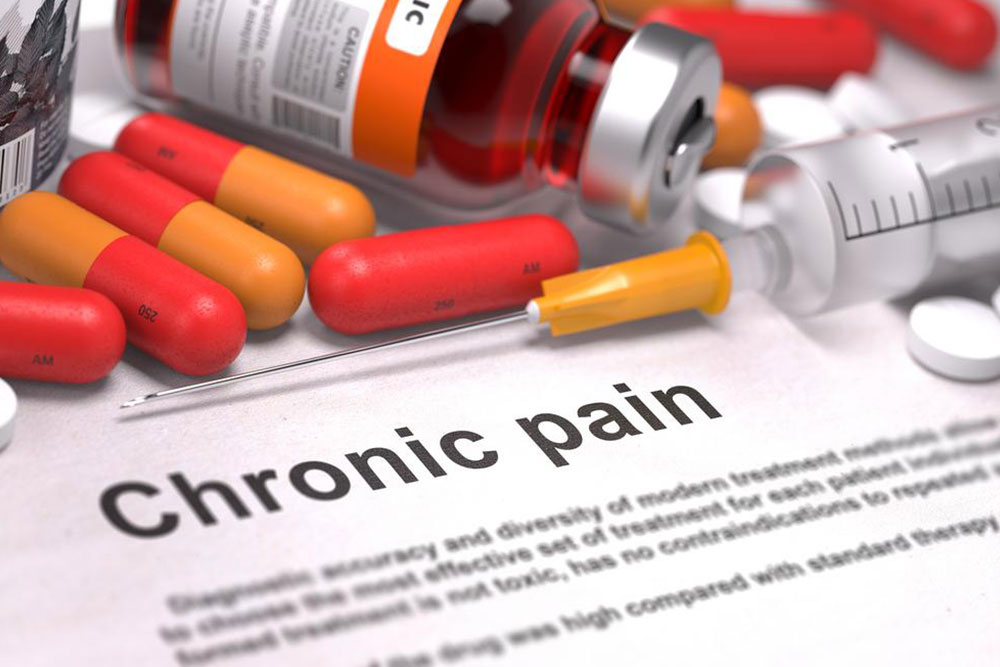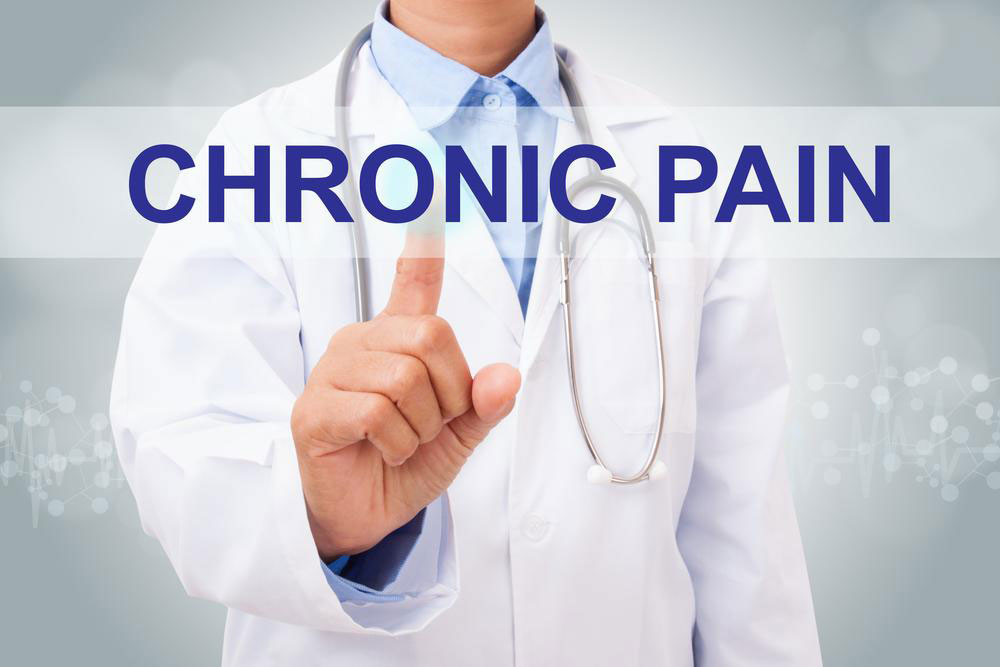Comprehensive Guide to Chronic Pain: Causes, Symptoms, and Effective Treatment Options
This comprehensive article explores the causes, symptoms, and modern treatment strategies for chronic pain. It highlights the importance of a multidisciplinary approach involving medical interventions, lifestyle changes, and psychological support to effectively manage persistent pain. With over 100 million affected individuals, understanding and addressing chronic pain is vital for improving quality of life. The guide offers insights into common types of pain, risk factors, and holistic therapies to help individuals regain control and find relief from long-term discomfort.

Comprehensive Guide to Chronic Pain: Causes, Symptoms, and Effective Treatment Options
Pain is a natural warning signal from our body indicating that something may be wrong. It alerts us to injuries, illnesses, or other health issues that need attention. However, when pain persists long after an injury or initial cause should have healed, it becomes a significant health concern known as chronic pain. Unlike acute pain, which typically subsides as the body heals, chronic pain can last for months or even years, severely impacting an individual’s daily life and overall well-being. With the rising prevalence of chronic pain conditions worldwide, understanding its causes, symptoms, and treatment options is more crucial than ever.
Statistics indicate that over 100 million people in the United States alone suffer from some form of chronic pain. This health issue not only diminishes quality of life but also poses a substantial burden on healthcare systems globally. Recognizing the multifaceted nature of persistent pain is essential for effective management and treatment. This comprehensive guide delves into what causes chronic pain, common symptoms, risk factors, and the most updated treatment strategies available today.
What Is Persistent or Chronic Pain?
Chronic pain is typically defined as pain that persists longer than six months, often continuing beyond the expected period of healing. While acute pain is a protective mechanism to alert the body of injury or illness, chronic pain becomes a complex condition requiring nuanced management. It can occur in various parts of the body, including the back, neck, joints, muscles, and internal organs. Unlike temporary pain, chronic pain often persists despite the healing of initial tissues or injuries, reflecting deeper neurological or systemic issues.
Why Does Chronic Pain Occur?
The underlying causes of persistent pain are diverse, often involving a combination of physical, neurological, and psychological factors. Some of the primary reasons include incomplete healing of injuries, nerve damage, degenerative changes related to aging, and inflammation. Recent neurological research suggests that chronic pain can result from the nervous system remaining in a state of hyperreactivity even after the initial injury has healed. This phenomenon, known as central sensitization, leads to an amplification of pain signals, which can cause pain to spread to adjacent areas and become otherwise unexplained.
Common Types of Persistent Pain
Chronic or persistent pain manifests in various forms, each with unique characteristics. Some of the most common include:
Lower back discomfort – often related to disc degeneration, muscle strain, or poor posture.
Neck pain – frequently caused by cervical issues, cervical spine degeneration, or prolonged poor ergonomics.
Arthritis pain – associated with joint inflammation, cartilage deterioration, and degenerative conditions such as osteoarthritis and rheumatoid arthritis.
Cancer-related pain – stemming from tumor growth, treatment side effects, or metastasis.
Nerve damage sensations – including burning, tingling, or numbness, often seen in conditions like diabetic neuropathy.
Psychogenic pain – pain with no clear physical cause, potentially linked to psychological factors or stress.
Health Conditions That Increase Risk of Chronic Pain
Individuals with specific health issues are more prone to developing persistent pain. These include:
Endometriosis – a condition where uterine tissue grows outside the uterus, causing severe pelvic pain.
Interstitial cystitis – a chronic bladder condition characterized by pressure, bladder pain, and urinary symptoms.
Fibromyalgia – marked by widespread muscular and joint pain, fatigue, and cognitive disturbances.
Chronic fatigue syndrome – characterized by persistent tiredness accompanied by widespread pain and sleep disturbances.
Vulvodynia – vulvar pain without an apparent cause, often impacting sexual health and comfort.
Temporomandibular joint disorder (TMJ) – affecting jaw movement and causing facial pain.
Additional Risk Factors and Underlying Conditions
Beyond the specific health issues, various other factors contribute to the development of chronic pain. These include:
Cancer, HIV/AIDS, stomach ulcers, and kidney disease – these illnesses can directly or indirectly cause long-term pain.
Obesity – excess weight puts additional stress on joints and muscles, leading to pain.
Severe injuries and surgeries – trauma to tissues, bones, or nerves may result in long-lasting discomfort.
Posture and lifestyle habits – poor posture, prolonged sitting, improper lifting techniques, and high heels can exacerbate pain, especially lower back and neck issues.
How Is Chronic Pain Managed?
Effective management of chronic pain requires a multidimensional approach. The goal is to reduce pain, improve function, and enhance the quality of life. Treatment strategies encompass medical interventions, lifestyle changes, and psychological support for holistic care.
Medical and Neurological Treatment Options
Targeted therapies aim at modulating neurological pathways and alleviating pain. These include:
Acupuncture – an ancient Chinese technique that stimulates specific points to regulate nervous system activity.
Electrical nerve stimulation – techniques like transcutaneous electrical nerve stimulation (TENS) can modify pain signals transmitted to the brain.
Medications – various drugs are prescribed depending on severity and type of pain:
Opioids – used for severe pain, but with caution due to dependency risks.
Anti-inflammatory drugs – including NSAIDs to reduce inflammation and nerve irritation.
Antidepressants and anticonvulsants – to modulate nerve activity in neuropathic pain.
Lifestyle and Complementary Therapies
Incorporating natural and lifestyle modifications can significantly decrease pain levels and improve function:
Deep tissue massage – to relax tense muscles and improve circulation.
Yoga and meditation – for mental clarity, stress reduction, and enhanced bodily awareness.
Tai Chi – a gentle martial art combining slow movements and deep breathing to promote balance and relaxation.
Pet therapy – engaging with animals can elevate mood and reduce perception of pain.
Consistent physical activity – low-impact exercises like walking, swimming, and stretching help strengthen muscles and maintain joint flexibility.
Psychological Strategies and Mental Health Support
Addressing mental health is crucial in managing chronic pain. Psychological therapies such as cognitive-behavioral therapy (CBT) help patients develop coping skills, reframe negative thoughts, and reduce pain perception. Building support networks, engaging in spiritual or mindfulness practices, and maintaining routines also foster resilience, enabling individuals to better handle persistent discomfort.
Living with Chronic Pain: Tips for Better Quality of Life
While chronic pain can be debilitating, adopting an active and positive lifestyle can make a significant difference. Proper sleep, balanced nutrition, avoiding tobacco and excessive alcohol, and staying socially engaged are vital. Regular consultations with healthcare providers and staying informed about new treatment options empower individuals to manage their symptoms effectively and regain control over their lives.
In summary, chronic pain is a complex condition with numerous causes and contributing factors. Through a combination of medical, psychological, and lifestyle strategies, individuals can better manage symptoms, reduce discomfort, and improve their quality of life. Continued research and personalized treatment plans are essential for advancing care and providing relief for those suffering from persistent pain.





